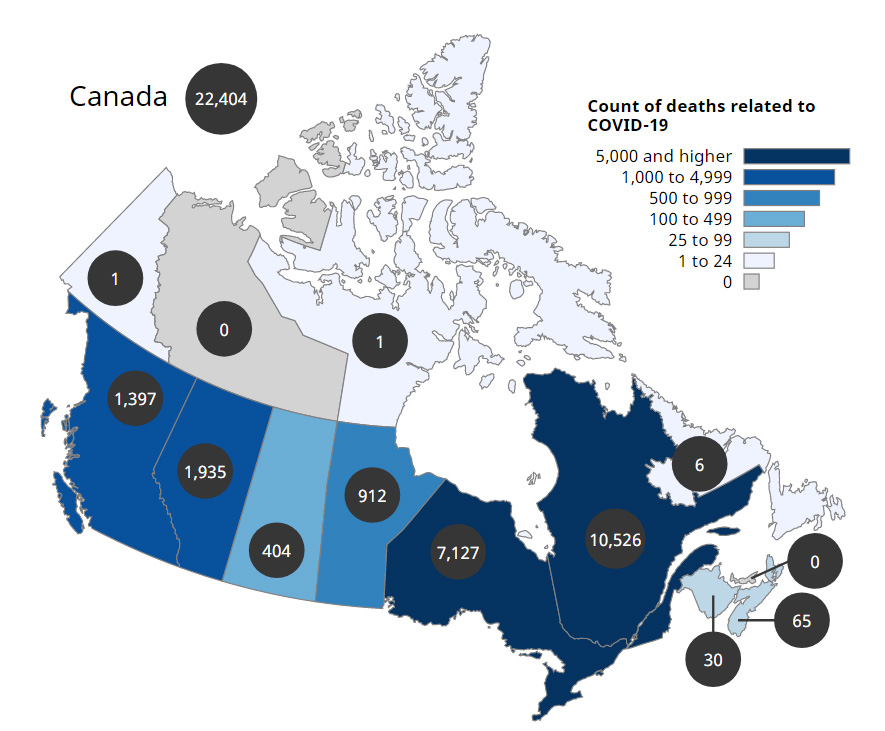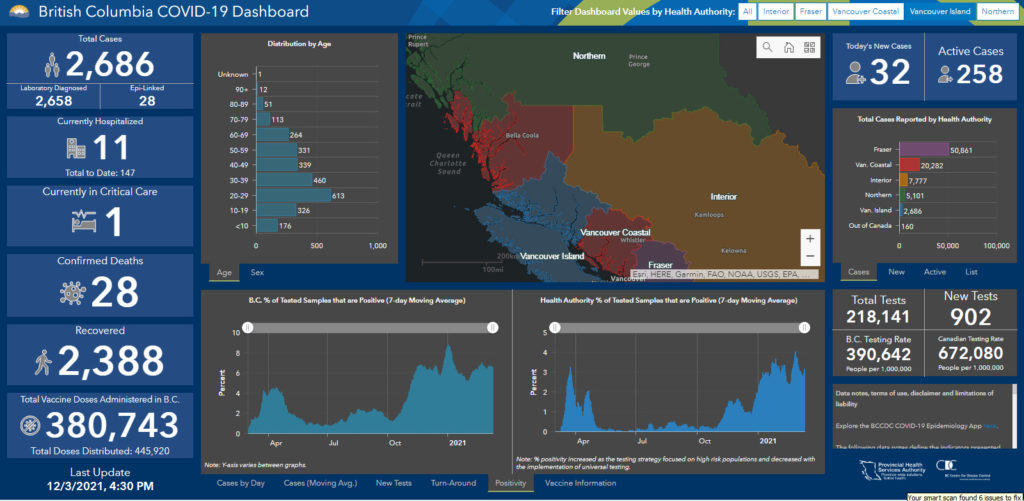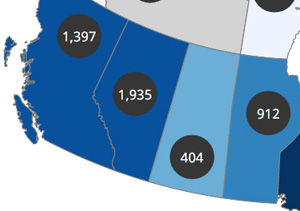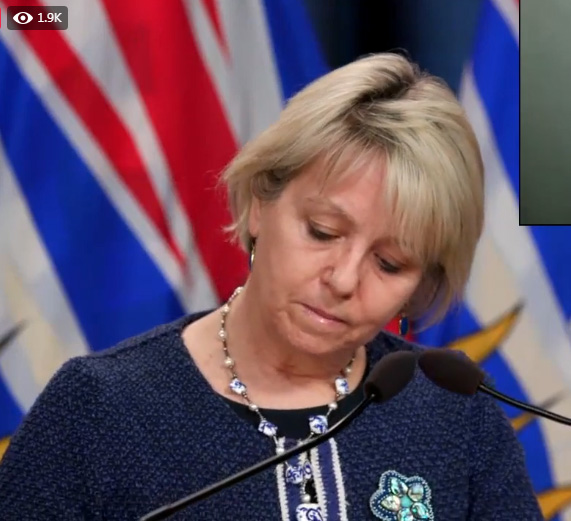Sunday March 14, 2021 | BC & NATIONAL
by Mary P Brooke, B.Sc., Editor | Island Social Trends
The COVID-19 immunization programs across Canada are focussing on an age-based approach, offering vaccination to the eldest of our population first and going down from there.
In BC this approach is based on what Provincial Health Officer Dr Bonnie Henry has identified from worldwide evidence as the case for who is most vulnerable to the COVID-19 infection in terms of serious illness and death. | BC Immunization Plan
The majority of COVID-19 deaths in Canada (presently 88.2%) have been in people over age 70, and many of those would have been in long-term care.

According to the Public Health Agency of Canada, deaths due to COVID by age (March 12, 2021 7 pm) are as follows:
Over age 80 – 15,400 (69.1%) / more female than male
Age 70 to 79 – 4,265 (19.1%) / more male than female
Age 60 to 69 – 1,724 (7.7%) / more male than female
Age 50 to 59 – 605 (2.7%) / more male than female
Age 40 to 49 – 179 (0.8%) / more male
Age 30 to 39 – 76 (0.3%)
Age 20 to 29 – 35 (0.2%)
Age 0 to 19 – 6 (0.0%)
While these deaths will be ones that report against only officially test-positive cases of the COVID-19 virus (that being how the COVID data is compiled by public health in Canada), there can be other deaths related to COVID (enforced loneliness leading to deteriorated health, and even suicide).
BC fares better:
In BC the death tally due to COVID-19 infection stands at 1,397 as of Friday March 12, which is 6.23% of 22,404 total COVID deaths across Canada. That’s also about half the rate for the rest of Canada overall.
BC has a population of about 5.071 million, or about 13.5% of Canada’s overall population of 37.59 million (2019 figures), showing that the BC approach to curtailing viral spread in long-term care in particular has been far better than the national average.

BC together with the prairie provinces (Alberta, Saskatchewan and Manitoba) show 4,648 deaths or 20.7% of the Canadian total. Most of the rest of the deaths have been in Ontario and Quebec where clearly the impact of COVID-19 in long-term care was not adequately controlled.
In BC, early on Health Minister Adrian Dix led the approach for single-site worker regulations so that the virus was not inadvertently spread among care home locations. Long-term care workers up to that point (in spring of 2020) were sufficiently underpaid that they would seek work in more than one location.
No new deaths on Friday:
On Friday March 12 there were no new COVID deaths in BC, which is the first such day in many long months of the pandemic that has now surpassed the one-year mark.
Pandemic continues past one year:
The pandemic was first declared by the World Health Organization on March 11, 2020. In BC the pandemic declaration was made on March 17, 2020. That was followed the next day by declaring a State of Emergency that has been in place ever since (with two-week renewals); currently in place to March 16, 2021.
As of March 12, there have been 86,867 test-positive COVID-19 infections in BC, of which 5,070 are presently active, including 648 new cases on Friday which is a level not seen since mid-November of last year.

As well, the COVID positivity rate (percentage of all coronavirus tests that have come back positive) remains stubbornly high in BC at 6.5% and at 3.2% in Island Health.

===== DATA LINKS:
Epidemiological COVID profile in Canada – updated by the Public Health Agency of Canada
COVID-19 Data in British Columbia – updated by the BC Centre for Disease Control






